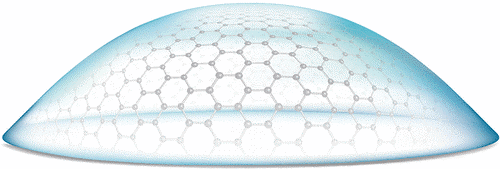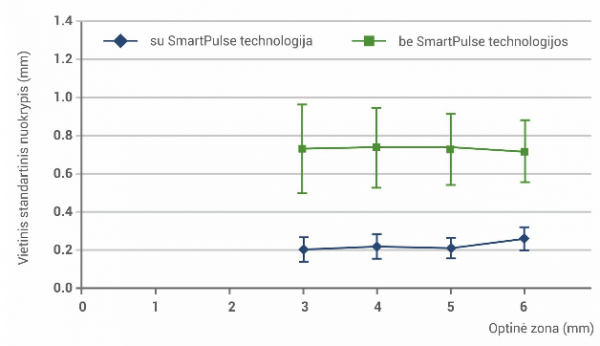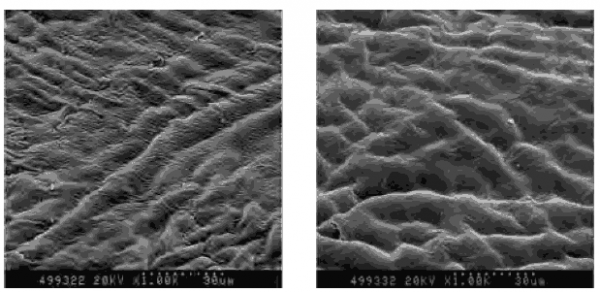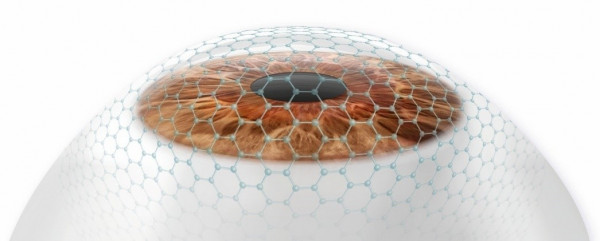Laser vision correction with the latest technology
Why think, if you can see!




Laser vision correction is a safe and painless solution for those with farsightedness, myopia and astigmatism.
We are the only center in Baltic States that uses highest-performance eye laser SCHWIND AMARIS 1050RS – unmatched speed, precision, and safety.
Also we use the most modern SmartPulse technology and SmartSurf method that are already being used by the most modern German, Swiss and other European clinics. These methods are minimally invasive and are very suitable for patients with a thin cornea. The centre is probably the only place in Lithuania that also examines, evaluates and plans good vision in the dark before the laser vision correction.
Laser vision correction prices
Laser vision correction is a safe 15-minute surgery after which you will not need either glasses, or contact lenses. The treatment prices cover consultation and examination, vision correction surgery (LASEK or SmartSurf). No additional costs!
Consultation and examination
Full examination of eyes.
The best vision correction method is recommended.
Vision correction LASEK
You will spend up to 2 hours in the clinics.
- Procedure is minimally invasive for corneal tissue.
- Eye is less irritated, the vision is restored quicker.
- The doctor who performed the surgery observes the patient for up to 18 months after the surgery.
Vision correction SmartSurf
You will spend up to 2 hours in the clinics.
- No incision and no direct contact with the eye.
- Suitable for patients with thin cornea.
- The doctor who performed the surgery observes the patient
- for up to 18 months after the surgery.
What factors affect the price?
The prices indicated below apply to citizens of the Republic of Lithuania and the European Union.
If you are coming from another country please check the price by telephoning or sending an email.
What should you know about vision correction?

4 reasons
To choose us
- We can operate the week after the initial consultation.
- We evaluate and plan good vision in the dark before the surgery.
- The newest diagnostic equipment and the laser of the last generation, the most advanced in the Baltic States.
- Experienced doctor, who have carried out more than thousand surgeries in Lithuania and Sweden and who are constantly improving their knowledge at conferences and internships in Western Europe and the USA.









